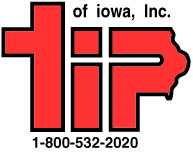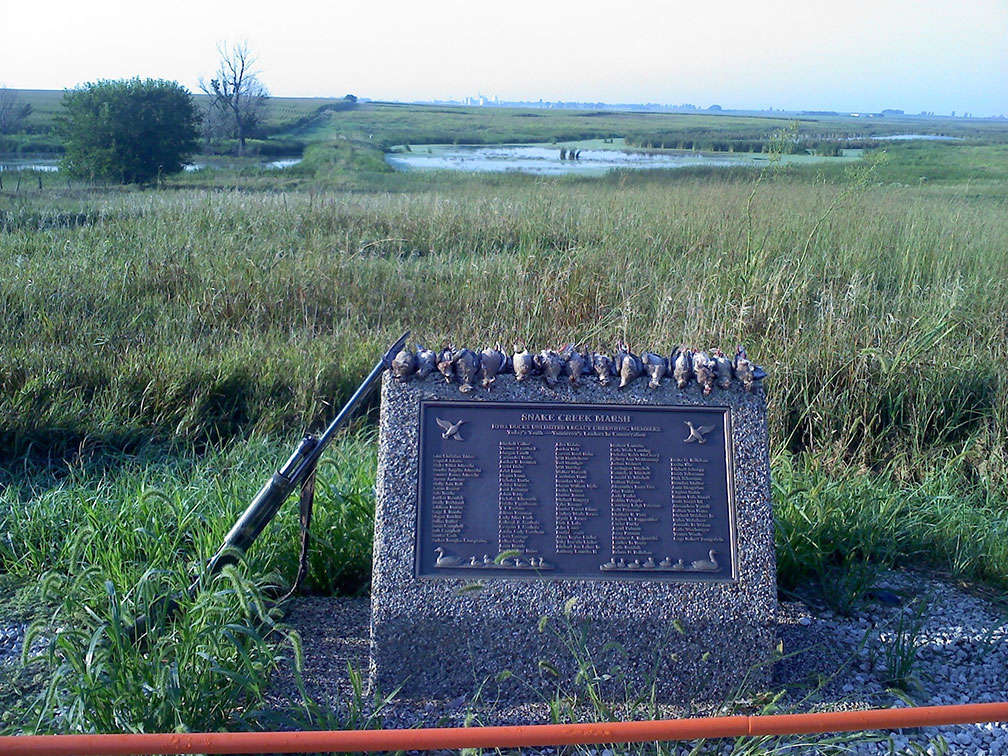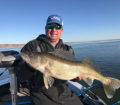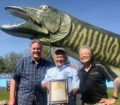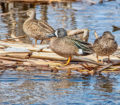By Steve Weisman
With dove season now in its third season and opening on September 1, let’s spend the next couple of columns taking a look at the progress of the season and how to prepare for dove hunting.
For Iowa hunters, 2011 was a landmark year with Governor Terry Brandstad signed into law the bill authorizing a hunting season for mourning doves. Thus Iowa became the 42nd state to have a mourning dove hunting season. For Greg Drees of Arnolds Park and an avid hunter, the passage was gratifying to him not only as a hunter who long yearned for a mourning dove season, but also as the chair of the seven person Natural Resource Commission that put the final stamp of approval on the law.
“It was long overdue,” says Drees. “Instead of Iowans heading to neighboring states to hunt doves, they can now stay right here in Iowa. It’s been a great success, and recent statistics show that more Iowans are taking to the field to hunt doves each year. This also has a positive impact on the state’s economy, because these hunters are now spending their money here instead of other states.”
With doves found in all 99 Iowa counties, Iowans don’t have to travel long distances to get a crack at these quick-flying game birds. According to DNR data, the Loess Hills and the southern three tiers of counties hold the highest dove populations. Yet Drees finds northwest Iowa to also be a good dove hunting area. Like many other hunters finds the early September dove season a perfect warm-up for the waterfowl and upland game seasons.
“It’s really a season for all age groups from youngsters to the veteran hunters. The cost is really minimal, the weather is warm and you don’t have to spend a lot of money on equipment. Just grab your favorite shotgun and a box of hi-brass 7-8 shot shells.”
Location, Location, Location
So, where do you start? No matter what part of the state you choose to hunt, understanding mourning dove habits is of utmost importance. Mourning doves prefer feeding on open ground and eat a variety of seeds and grains. If Drees could hunt the perfect area on public land, it would probably include clipped sunflowers, or a recently harvested small grain (oats/wheat) with a small wetland nearby and plenty of bare earth for dusting off – all within easy flying range. However, to find this type of habitat, it takes pre-season scouting to find the best dove haunts in your area.
Best times for hunting, hence the time for scouting is in the morning and late afternoon into evening. With dove habitat in mind, it’s a matter of driving the miles in search of your quarry.
Since much of the hunting takes place on public lands, Iowa DNR wildlife managers have planted food plots with doves in mind. An initial search on the DNR’s website (www.iowadnr.gov) under “Hunting” will provide a listing of public wildlife areas with plantings for mourning doves. Once you are ready for a scouting trip, a good plat map showing state ground in your county can be a valuable asset. Once you find a group of doves, watch their movements from roost, to food to water and back to roost. That will provide you with a pattern so you can determine what areas are available for concealment.
Concealment is important, so hunters should wear camouflaged clothing that will blend in with the surrounding habitat. Concealment might be in a fence line, along the edge of a standing sunflower field or maybe the corner of a food plot next to a cut grain field.
At the same time, private land will also have some great opportunities. It is on private land that Drees looks for his favorite dove habitat. “I love harvested sweet corn fields.” Drees finds these fields to be a dove magnet. Of course, none of this happens without taking the time to meet landowners and gain permission to hunt on their land. “I find this is a great way to establish relationships with the landowners and even forge a relationship that might lead to other hunting opportunities.”
Drees has found that doves are somewhat territorial with groups of birds frequenting the same area. However, shooting pressure will cause the doves to become more wary. This is where Drees uses dove decoys to entice the pressured birds. “I’ve found pressured birds will react to the decoys. The decoys are an attention getter and help bring the doves into shooting range.” Several days of hunting pressure will cause the birds to leave that area. At the same time, any type of cold snap, and large groups will move south. That then brings up the need for more scouting and looking for doves from the north moving through the area.
In next week’s Part II of preparing for the upcoming dove season, we’ll take a look at optimum weather conditions, the hunt itself, regulations and Drees’ top dove recipe for the table.
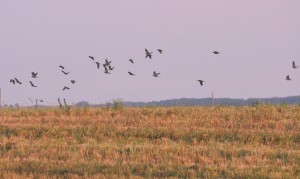
(photo by Lowell Washburn)
A flock of doves approaches a new seeding of foxtail.

